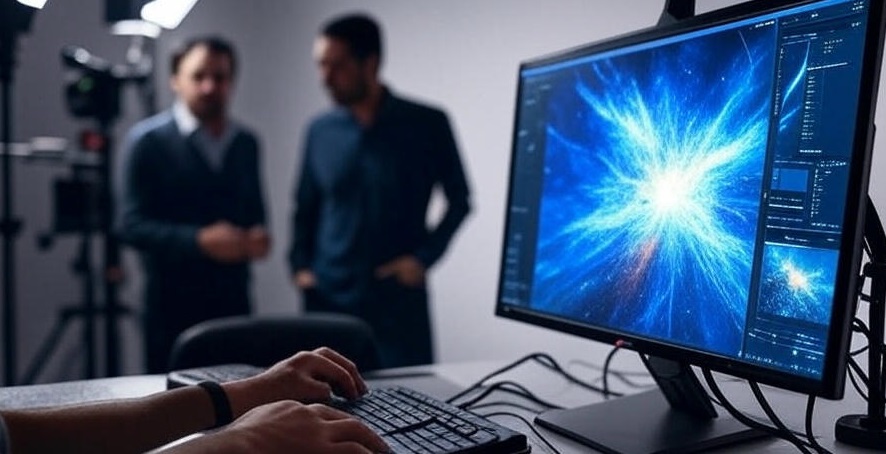
Next-Gen Art: How AI Is Changing Cinematography
In recent years, artificial intelligence has been actively introduced into film production, creating unprecedented visual effects. Major studios increasingly rely on generative models to add realism and uniqueness to their visuals.
New Capabilities of Generative Models
Generative models enable the creation of images and scenes with stunning realism, based on vast datasets. Algorithms can generate faces, objects, and entire locations, greatly reducing filming time and production costs.
Studios Leading the Innovation
Studios like Disney, Warner Bros, and Universal are heavily investing in generative technologies, integrating them into the filmmaking process. Recent blockbusters have featured effects never seen before, made possible by AI.
Realism vs Creativity: What Audiences Want
Audiences appreciate not just the realism of effects but also the originality of visual execution. Generative models help studios strike a balance between technical excellence and artistic depth.
Ethics and Copyright: The Challenges of Innovation
Despite clear advantages, the use of generative models in cinema raises significant ethical and legal questions. In particular, issues concerning image rights and ownership of AI-generated content are under debate.
The Future of Cinema: Unlimited Potential
Experts believe that the advancement of generative models unlocks boundless possibilities for the film industry. In the coming years, we may see films fully or partially created by AI, completely redefining content creation.
